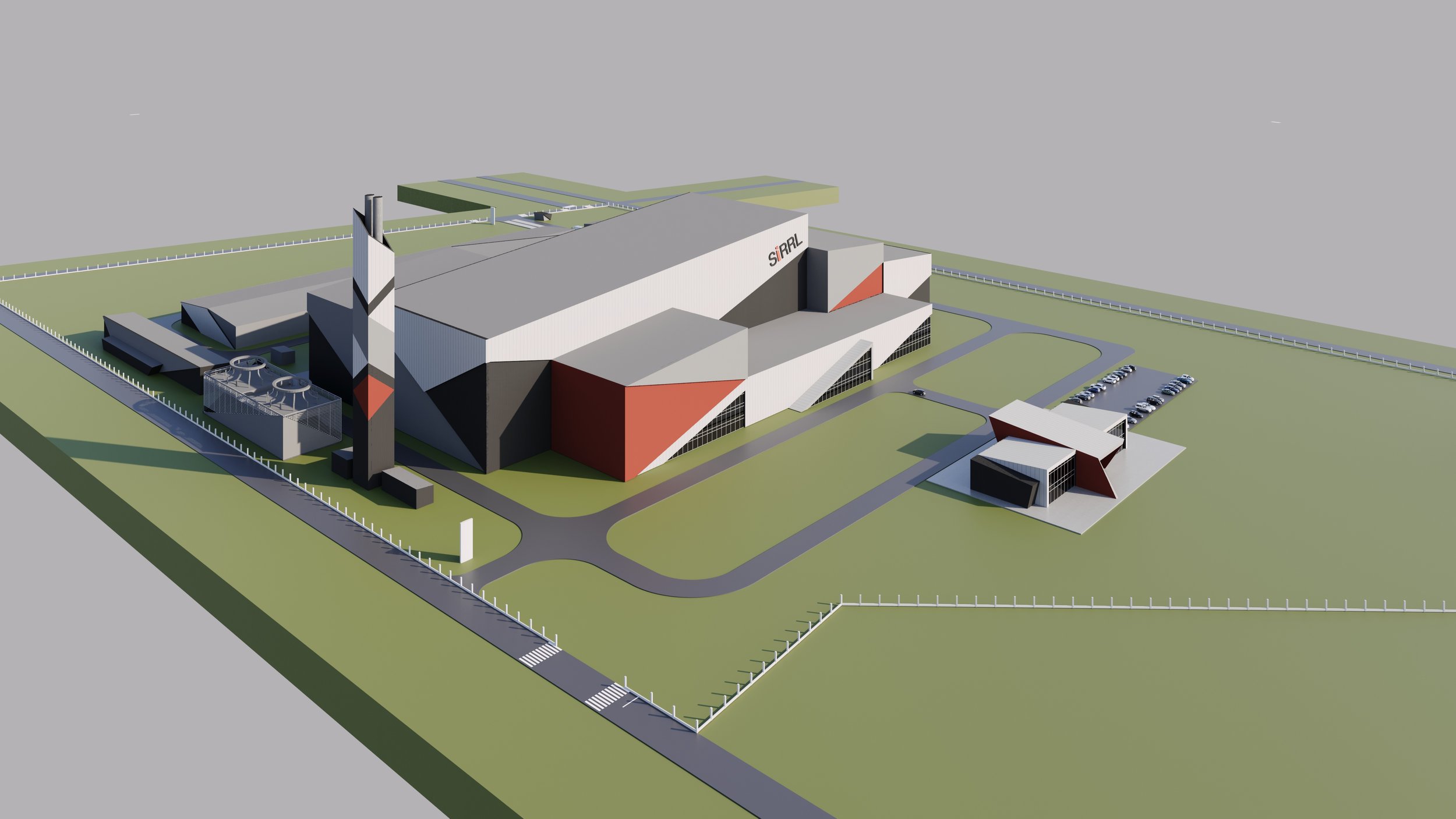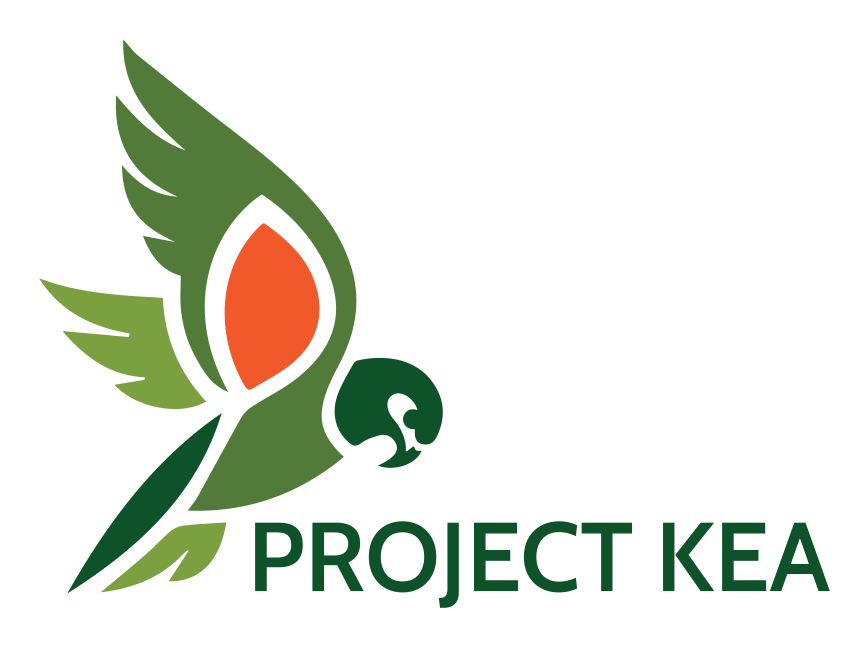
News updates
-

Malaysia’s largest renewable energy power plant commences operation
Malaysia’s largest renewable energy power plant at Bukit Tagar Enviro Park (BTEP), Hulu Selangor, Selangor. The plant can convert methane gas from solid waste at the landfill into renewable energy, channelling approximately 339 million kilowatt-hours (kWh) of electricity to the national grid.
(Image: Bernama Malaysian National News Agency)
-

Waimate waste-to-energy plant consent process now in hands of central government
Central government will take over the consent process for SIRRL’s waste-to-energy plant in Canterbury. Soon after the application was lodged, the company, Waimate District Council and Canterbury Regional Council asked Environment Minister David Parker to "call in" the project because of how unique it was - if successful it would be the first of its kind in the country.
-

How Singapore handles six million pounds of trash daily
Singapore is famous for being one of the cleanest countries thanks to its unique waste management system. As the country’s population continues to grow, the amount of waste generated is also rising.
Learn more in this video from The Wall Street Journal.
-

Energy-from-Waste plant application to proceed through council process
South Island Resource Recovery Limited (SIRRL), the joint venture company proposing to build an Energy-from-Waste plant at Glenavy in South Canterbury, will now have its Resource Management Act (RMA) application processed by Environment Canterbury (ECan) and the Waimate District Council (WDC).
-

Project Kea described as 'best of the best' and a need for every community
Waste-to-Energy technologies have been described as a “challenging area” that must be approached cautiously by the Government, while an international expert on the matter says it's a need for every community.
Learn more in this article from Stuff / Timaru Herald journalist, Yashas Srinivasa.
-

Mitsubishi to build $251 million Waste-to-Energy plant in Japan
Owarihokubu Waste Disposal Association provides waste treatment for four municipalities in the northern Aichi region.
It has placed an order for the new plant to replace two superannuated facilities with two stoker-type incinerators collectively capable of processing 194 tonnes of waste per day.
(Image: Mitsubishi Heavy Industries Environmental & Chemical Engineering)
-

Time to shine a light on waste
In this opinion piece by Max Rashbrooke he talks about New Zealand’s waste problem and how “we’re slowly acknowledging that we are, quite simply, rubbish at rubbish.”
Max is a senior associate at the Institute for Governance and Policy Studies, Victoria University of Wellington-Te Herenga Waka.
(Image: Kevin Stent/Stuff)
-

Objection lodged to councils’ decision, continues to work with iwi on important cultural impact assessment
SIRRL lodged an objection to Environment Canterbury (ECan) and the Waimate District Council (WDC)’s decision to reject their second Resource Management Act consent application, deeming it incomplete. SIRRL has also requested the councils’ put the processing of the objection on hold pending further discussions with manawhenua about the Cultural Impact Assessment.
-

Yarra Valley Water Waste-to-Energy application
Environment Protection Authority Victoria is assessing a development licence application from Yarra Valley Water to build a Waste-to-Energy facility at the Lilydale Sewage Treatment Plant.
The facility would accept and process about 55,000 tonnes per year of organic waste from the food and beverage sector to generate electricity.
(Image: Yarra Valley Water)
-

Project Kea to continue to work with iwi on cultural impact report
South Island Resource Recovery Limited (SIRRL) will continue to work with mana whenua to complete a cultural impact assessment for its Resource Management Act consent application to Environment Canterbury (ECan) and the Waimate District Council (WDC).
-

How Singapore fixed its big trash problem
More than two billion tonnes of global waste is generated yearly. By 2050, it’s expected to increase to 3.4 billion tonnes.
CNBC’s Nessa Anwar traces the journey of a piece of discarded trash in Singapore to the nation’s only landfill, exploring solutions and the future of the world’s garbage dilemma.
-

Project Kea Resource Management Act consent application relodged
South Island Resource Recovery Limited (SIRRL) today lodged its Resource Management Act (RMA) consent documents with Environment Canterbury (ECan) and the Waimate District Council (WDC).
The lodgement follows an earlier application made on 22 September, which was returned to SIRRL citing further information would be required for ECan to consider it for the consent process.
-
Waste-to-Energy in Serbia
Despite being prominent throughout Europe, adopting Waste-to-Energy technology as an alternative to landfill is also being considered in other countries, as well as in Aotearoa New Zealand. Read more about the development of the technology in Serbia and its potential benefits here.
-

Update on the Resource Management Act consent process
On 22 September SIRRL lodged a comprehensive set of reports and evidence that made up the Project Kea resource management application for consideration by Environment Canterbury (Ecan) and the Waimate District Council (WDC). Given the complexity and uniqueness of the proposed Energy-from-Waste plant, the application has since been returned for resubmission with a number of queries for further specific information.
-

Waste-to-Energy plant in Waimate could add millions to GDP and create hundreds of jobs
In this story from the Timaru Herald, it reports that SIRRL’s proposed Waste-to-Energy plant is predicted to add millions of dollars to the district’s gross domestic product and create hundreds of jobs across the Waimate, Timaru and the Waitaki districts.
-

SIRRL lodges application for resource consent
South Island Resource Recovery Limited (SIRRL), the joint venture company proposing to build an Energy-from-Waste (EfW) plant near Waimate in South Canterbury, known as Project Kea, has lodged its consent application with Environment Canterbury (ECan) and Waimate District Council (WDC).
-

Australian city council calls on government to uphold Energy-from-Waste commitment
Latrobe City Council in Victoria has called on the Australian government to uphold a $48.2 million commitment made to an Energy-from-Waste facility at Maryvale Mill. The facility is expected to reduce Victoria’s carbon dioxide emissions by around 270,000 tonnes a year.
-

Reply to Why Waste Waimate Committee
SIRRL was recently asked to meet with Why Waste Waimate committee, a group opposed to the proposed Energy From Waste Plant. Here is our reply to their request to meet. We have consistently said that once the resource consent is lodged, which will be later this year, we are happy to meet with the local community in Glenavy and Waimate.
-

Land purchased for site of proposed Energy-from-Waste plant
South Island Resource Recovery Limited (SIRRL), the joint venture company proposing to build an Energy-from-Waste plant near Waimate in South Canterbury, has purchased 15 hectares of land near Glenavy for its proposed plant.
-
Waste-to-Energy: Energising your waste
This report from the Confederation of European Waste-to-Energy Plants talks about how Waste-to-Energy works, the benefits of the technology, how it fits into the circular economy.
-

New Zealand joins global initiative to tackle methane
Joining more than 100 other countries, Aotearoa New Zealand has pledged to reduce methane over the next decade. Rotting waste produces about 9% of the country’s methane. Read the Government’s announcement here.
-

Update planned for $350 million renewable Energy-from-Waste plant
The Waimate community will have the opportunity to ask more questions and learn further information about the proposed $350 million renewable Energy-from-Waste plant, known as Project Kea, when project specialists and directors return to the region. SIRRL Board Director Paul Taylor says that the Project Kea team are looking forward to reporting on the proposal’s progress to the community.
-
Southern firm says Waste-to-Energy possible
An interview with SIRRL Director, Paul Taylor, in Mahurangi Matters. During a recent hearing for the consent application for a regional landfill south of Wellsford, anti-landfill submitters called on commissioners and Auckland Council to consider Energy-from-Waste technology as an alternative for the region.
-

Plant proposed to turn waste into energy
An interview with SIRRL Director, Paul Taylor, in the Otago Daily Times. This was timely as the Otago Regional Council recently publicly notified a resource consent application for the Dunedin City Council’s Smooth Hill Landfill proposal.
-

$350 million plant to deliver renewable Energy-from-Waste to be considered
Investigations have begun into the viability of building an Energy-from-Waste plant that will safely convert 350,000 tonnes of waste, that would otherwise be dumped into South Island landfills annually, into renewable electricity. Under Project Kea, South Island Resource Recovery Limited (SIRRL) is looking at possible sites to build an Energy-from-Waste plant near Waimate in South Canterbury.
-

More than 300 old dumps at risk of coastal erosion and flooding
The National Climate Change Risk Assessment (NCCRA) warns the dearth of information is a “substantial risk” and critics fear the threat is not being taken seriously enough. Stuff reporter Nikki McDonald contacted every regional council in New Zealand to list the dumps in their region considered at risk from climate change impacts such as coastal erosion and river flooding.
-

Dome Valley landfill: Auckland Council declines plan change
In this story from Radio New Zealand, it reports that campaigners fighting a proposed landfill at Dome Valley north of Auckland say they have had a "good win.” Waste Management's application for a plan change for a landfill precinct in the valley has been declined in a unanimous decision by Auckland Council-appointed commissioners.
-

How 'green' hydrogen gas can help us protect the climate
We are really interested in new technology that replaces fossil fuels and replaces them with green fuels, such as electricity, wood and biofuel. In this story from Stuff climate reporter Olivia Wannan, learn how hydrogen is already fuelling trucks, buses and industrial processes. Unlike fossil fuels, hydrogen fuel doesn’t produce carbon dioxide, which is heating our planet. Water vapour is its main by-product.
-

The hydrogen problem: how much electricity will make it worthwhile?
We are pleased that other organisations in New Zealand are investigating renewable electricity options. Meridian Energy is considering a green data centre, new wind farms, and solar arrays. Learn more in this story from Stuff senior business journalist Catherine Harris.
-

A waste to energy guide for New Zealand
In this report from the Ministry of the Environment they say there is no denying New Zealand has a problem with the amount of waste being generated and sent to landfill. Our disposal of waste to municipal landfills increased by 48 per cent in the last decade. This culminated in some 3.68 million tonnes of waste going to municipal landfills in the 2018/2019 year.



